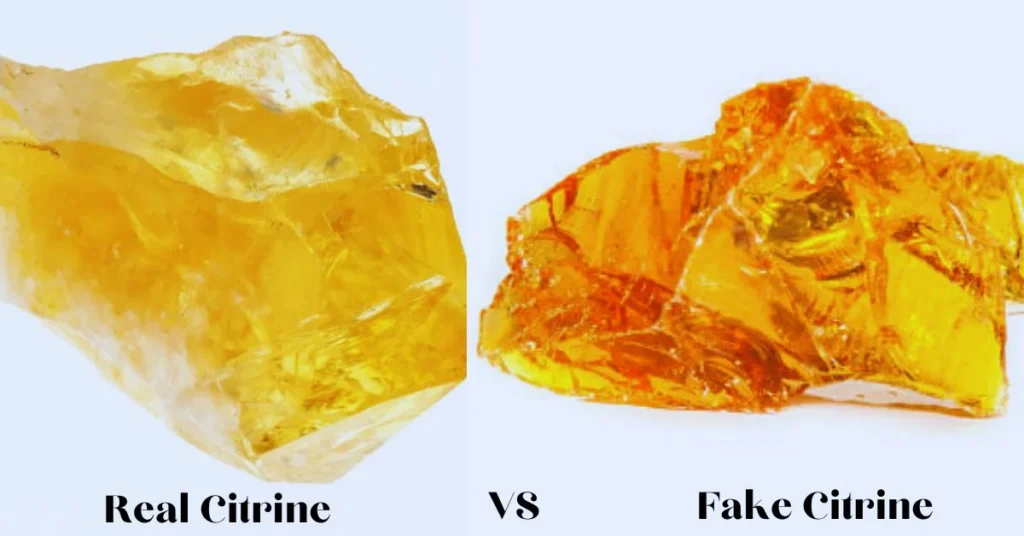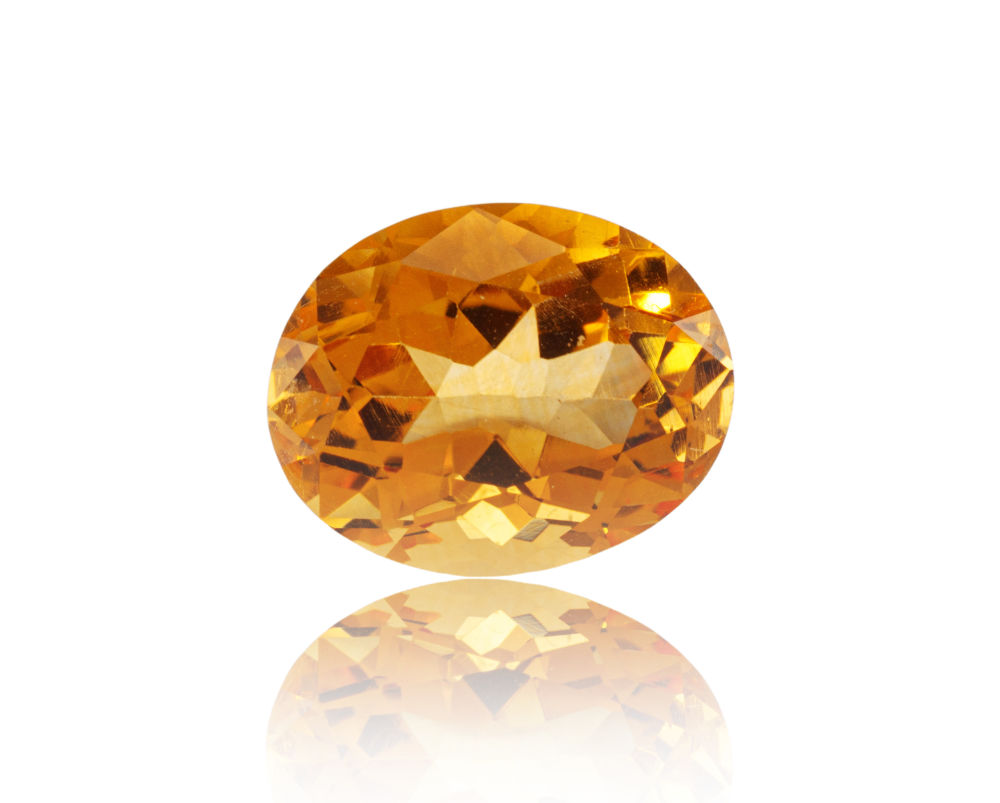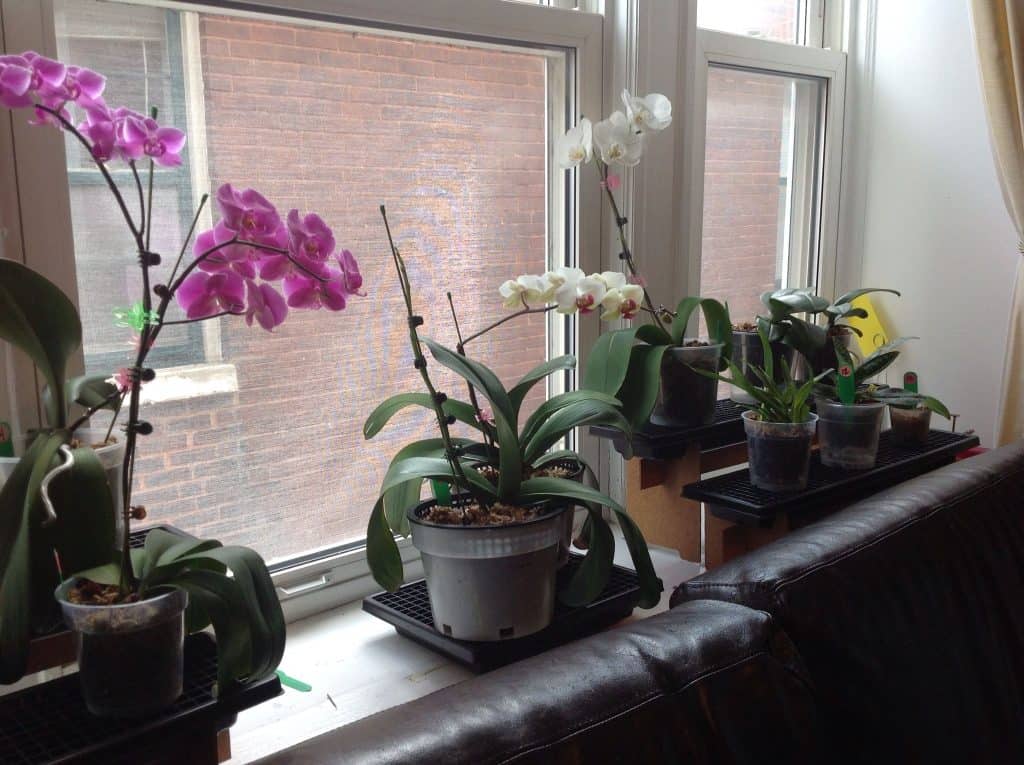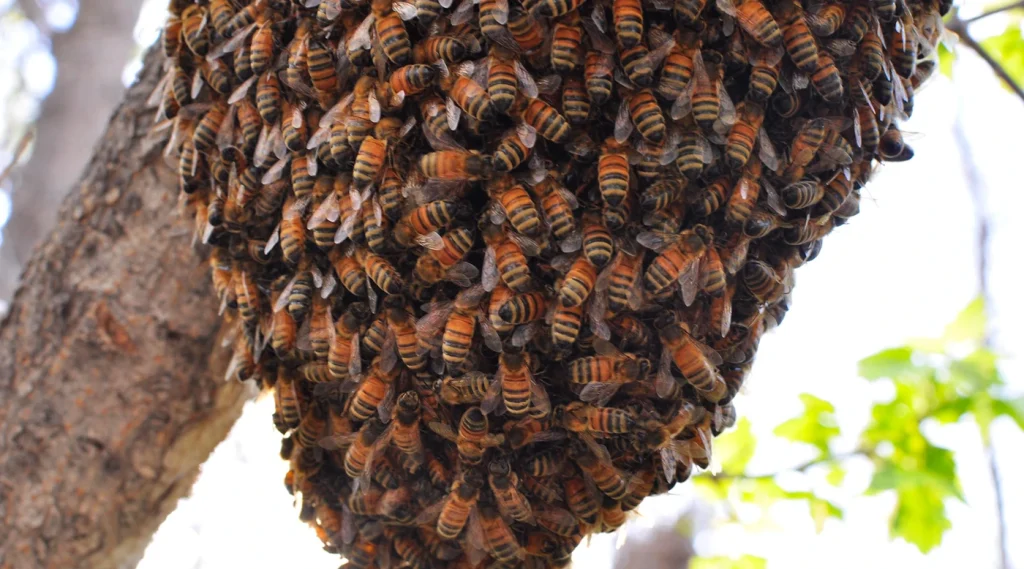Citrine — the golden, sunny member of the quartz family — is beloved for its warm energy, connection to abundance, and vibrant beauty.
But here’s the catch: most “citrine” on the market is not natural citrine at all. In fact, much of it is actually heat-treated amethyst or smoky quartz.
If you want to invest in genuine crystals, it’s important to know how to tell real citrine from fakes.
In this guide, you’ll learn:
The key differences between natural and heat-treated citrine
Simple visual tests you can do at home
How to avoid common buying mistakes
| Feature | Natural Citrine (Real) | Heat-Treated Citrine (Fake/Altered) |
|---|---|---|
| Color | Pale yellow, champagne, smoky-gold tones | Deep burnt orange, amber, or patchy yellow-orange |
| Color Distribution | Even coloring, may have subtle zoning | Often darker at the tips, lighter at base |
| Origin | Naturally formed in the Earth | Purple amethyst or smoky quartz heated to high temperatures |
| Source Locations | Brazil (Minas Gerais), Madagascar, Congo | Brazil (from amethyst), Uruguay |
| Transparency | Transparent to translucent, clean glow | Can appear cloudy, with heat-induced fractures |
| Crystal Shape | Slim, elongated points with sharp terminations | Chunky, thicker points from amethyst structure |
| Cluster Base Color | Base and points are similar in tone | White or light base with deep orange points |
| Price Range | Higher price due to rarity | Lower cost, widely available |
| Metaphysical Properties | Gentle, uplifting energy; linked to natural abundance | Stronger, more “heated” energy; not identical to natural citrine |
| Durability | Stable natural color | Heat color may fade slightly under prolonged sun exposure |
| Market Availability | Less common, sold by reputable crystal dealers | Very common in mainstream crystal shops |
Why Fake Citrine Exists
Natural citrine is relatively rare. This makes it more expensive, so many sellers heat-treat purple amethyst to produce a yellow or orange color.
While heat-treated citrine is still quartz, its energy and appearance are not the same as naturally formed citrine.
1. Check the Color
Natural Citrine:
Usually pale yellow to champagne or smoky-gold
Even color throughout the crystal
May have subtle color zoning (slight natural variations)
Heat-Treated Citrine:
Bright, almost burnt orange or deep amber
Often darker at the tips and lighter at the base
Color can look “patchy” or uneven
Tip: If the citrine looks like it’s been “toasted,” it’s probably heat-treated.
2. Look at the Shape and Points
Natural citrine points tend to be slimmer with well-defined terminations.
Heat-treated citrine (from amethyst) often has fatter, chunkier points because amethyst grows differently.
3. Examine Transparency
Natural citrine: Translucent to transparent, with a gentle glow.
Fake citrine: Sometimes cloudy with fractures from heat exposure.
4. Price and Source Matter
If you see a huge citrine cluster for $10, it’s almost certainly heat-treated.
Authentic citrine is rarer and comes mainly from:
Brazil (Minas Gerais)
Madagascar
The Congo
5. Energy Feel Test (For Crystal Users)
Many crystal enthusiasts claim that natural citrine feels softer, warmer, and more uplifting, while heat-treated citrine can feel sharper or more “forceful.”
While this is subjective, experienced collectors often notice the difference.
Are Heat-Treated Crystals Bad?
Not necessarily! Heat-treated citrine is still quartz, and many people enjoy its beauty and energy.
The problem is when it’s sold as “natural citrine” at natural citrine prices.
Always buy from reputable sellers who disclose treatment information.
Quick Recap: Spotting Real vs Fake Citrine
| Feature | Natural Citrine | Heat-Treated Citrine |
|---|---|---|
| Color | Pale yellow, champagne | Deep burnt orange, patchy |
| Point Shape | Slim, natural terminations | Chunky, fat points |
| Transparency | Clear to translucent | Often cloudy |
| Price | Higher | Lower |
| Source | Brazil, Madagascar, Congo | Often from Brazil (as amethyst) |
Final Buying Tips
Ask the seller if the citrine is heat-treated or natural.
Look for pale, even coloring for natural pieces.
Be wary of bargain “too good to be true” prices.
Buy from gem fairs, trusted shops, or verified online sellers.
✨ Bottom line: Knowing the difference between real and fake citrine will help you make better choices, whether you’re buying for beauty, energy work, or collecting. A little knowledge can save you from overpaying — and ensure your crystal collection is truly golden.




